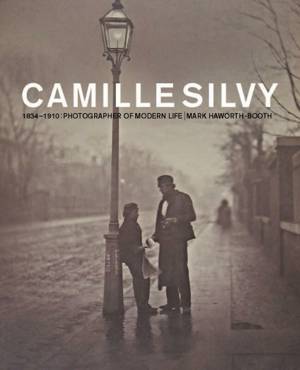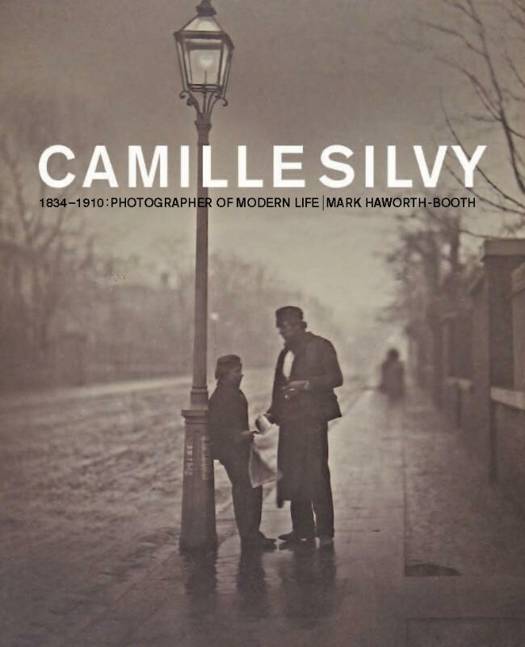
- Afhalen na 1 uur in een winkel met voorraad
- Gratis thuislevering in België vanaf € 30
- Ruim aanbod met 7 miljoen producten
- Afhalen na 1 uur in een winkel met voorraad
- Gratis thuislevering in België vanaf € 30
- Ruim aanbod met 7 miljoen producten
Omschrijving
Mark Haworth-Booth's recent research reveals Camille Silvy (1834-1910) as one of the most original photographers of his time. More than any other nineteenthcentury photographer Silvy exemplifies Charles Baudelaire's idea of the artist as an interpreter of modern life. Photographing modern people in modern dress was a new phenomenon and, with analysis of the origins of the cartede- visite format, this book explores Silvy's pioneering efforts to master industrial-scale portrait production alongside fine art photography in his fashionable London studio.
Before moving to London, Silvy was well-represented in the first Paris Salon of Photography in Spring 1859. His River Scene, France (1858) can be understood as a tableau of modern leisure - including working-class leisure - on the outskirts of town. New light will be shed on this remarkable photograph as well as on Silvy's Studies on Light, (1860). These images of fog, twilight and sunshine include original views of London streets as well as stylistic innovations. By combining new research into both Silvy's exhibition prints, stilllife and street scenes, as well as the intimate, beautifully lit and posed cartes-de-visite, this book demonstrates Silvy's extraordinary originality and his life as a man of both art and commerce.
Before moving to London, Silvy was well-represented in the first Paris Salon of Photography in Spring 1859. His River Scene, France (1858) can be understood as a tableau of modern leisure - including working-class leisure - on the outskirts of town. New light will be shed on this remarkable photograph as well as on Silvy's Studies on Light, (1860). These images of fog, twilight and sunshine include original views of London streets as well as stylistic innovations. By combining new research into both Silvy's exhibition prints, stilllife and street scenes, as well as the intimate, beautifully lit and posed cartes-de-visite, this book demonstrates Silvy's extraordinary originality and his life as a man of both art and commerce.
Specificaties
Betrokkenen
- Auteur(s):
- Uitgeverij:
Inhoud
- Aantal bladzijden:
- 160
- Taal:
- Engels
Eigenschappen
- Productcode (EAN):
- 9781855144156
- Verschijningsdatum:
- 25/07/2010
- Uitvoering:
- Hardcover
- Afmetingen:
- 220 mm x 270 mm
- Gewicht:
- 1050 g

Alleen bij Standaard Boekhandel
+ 69 punten op je klantenkaart van Standaard Boekhandel
Beoordelingen
We publiceren alleen reviews die voldoen aan de voorwaarden voor reviews. Bekijk onze voorwaarden voor reviews.










